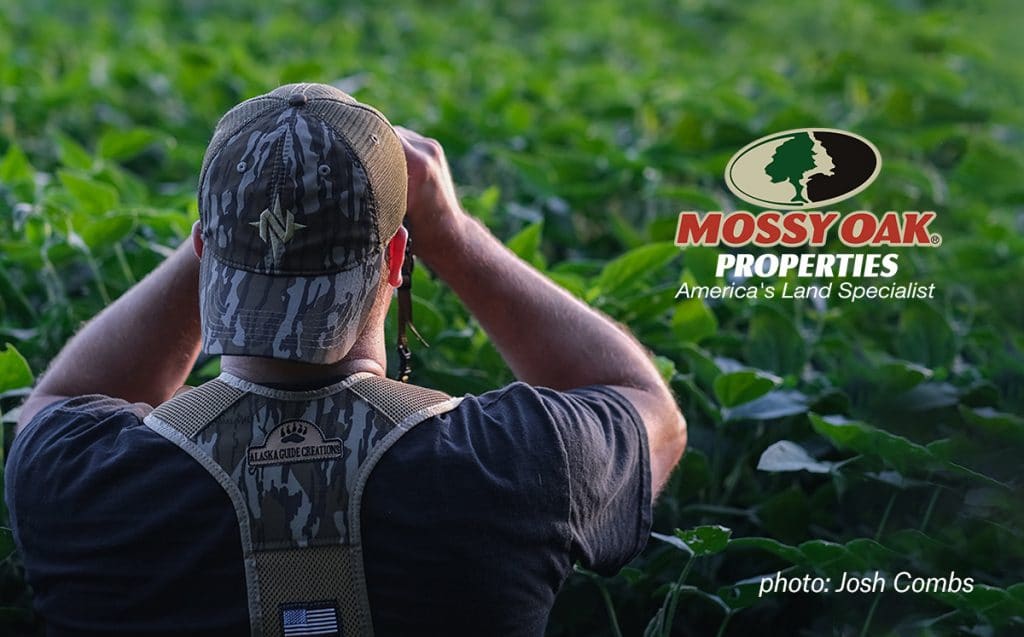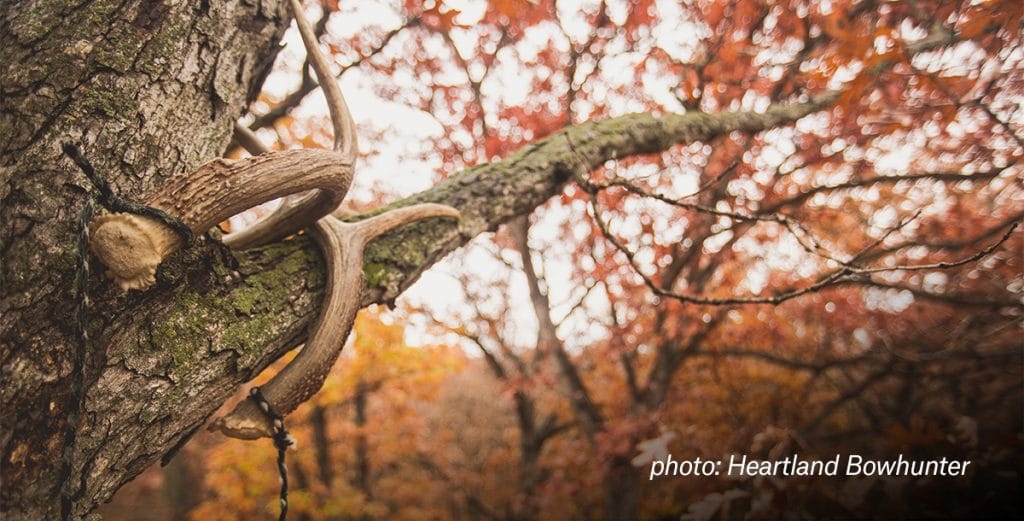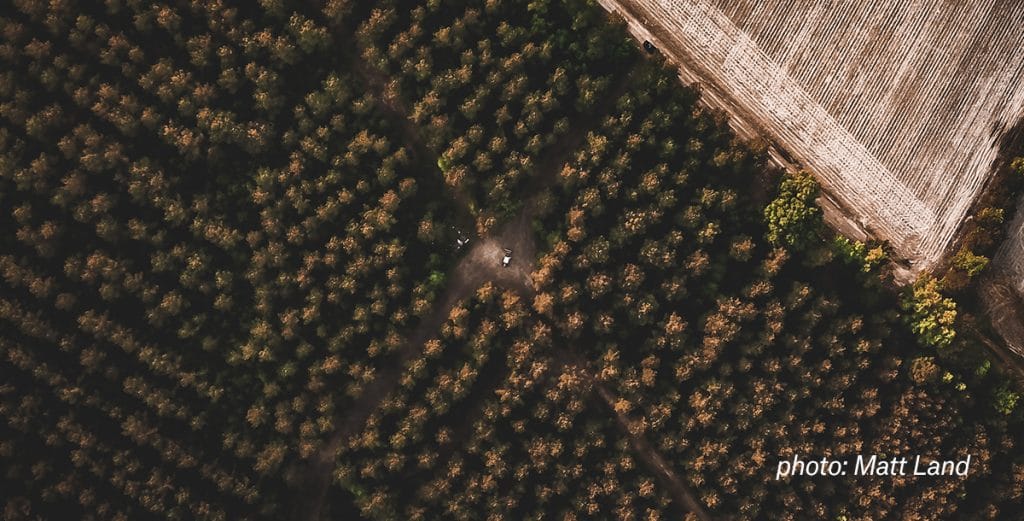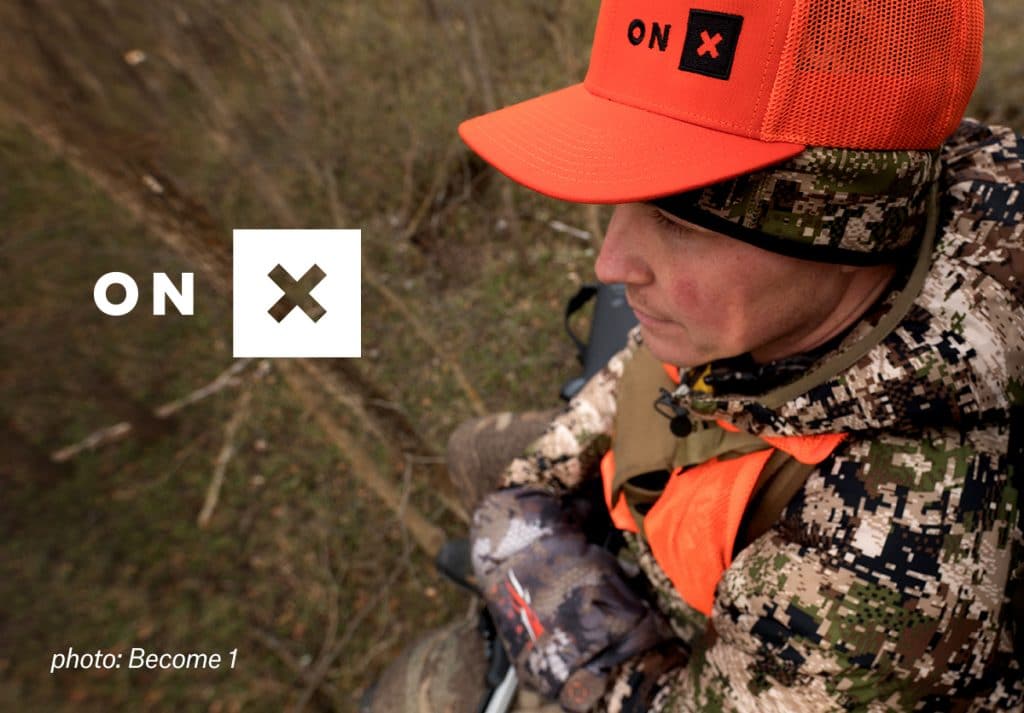Buying hunting land is a dream for many hunters. Sometimes it remains a dream, but for others the dream can become reality with some planning, a little money down, and a vision for managing the property for whatever hunting goals you might have, from growing big bucks, fostering diverse wildlife, or just having a plot of land you can go enjoy a few times during the season. For hunters who are ready to buy hunting land of their own, we put together this guide with our friends at Mossy Oak Properties.
There’s an old saying, “They’re not making any more land,” so buying hunting land isn’t really ever going to get easier (or cheaper). Buying land for any reason requires a substantial investment, and only you know what you can afford. Whether you’re looking for a 10-acre hideaway or a 5,000-acre ranch, set a budget, gather a down payment, and plan for some “sweat equity” to dial in your piece of paradise for the wildlife you’re after. With this mindset, you’ll be on your way to buying hunting land that will provide season after season.

What Makes Good Hunting Land
Those who buy hunting land all want that piece of property that attracts and holds quality animals. For whitetail hunters, it might be having a section of property with a 60/40 split of timber to agriculture. For Midwestern bird hunters, they’d like to have any and everything from a few duck ponds to young birch and witch hazel for grouse and woodcock. But what’s nice about buying your own private hunting land is that sometimes you can build up what you need to suit your hunts.
We spoke with Mossy Oak Properties’ Owner/Broker Jamie Spencer about what makes good hunting land. Since 1999, Mossy Oak Properties has been a resource for people looking to buy or sell rural properties. They now have brokerages in 28 states.
Jamie Spencer: Location is probably the first thing folks think about when purchasing a piece of property, but how far it is from their primary residence might also come into play. The layout of the tract is also very important. Having a proper combination of timber/hardwoods to open pasture/food plot is a key factor. To hold big deer on a farm, you need good cover, so identifying a tract that has a good combination of both can prove to be beneficial.
Food and water are also something folks think about when purchasing land. Deer need food and water to survive! “Live” water is also a key factor in some people’s decisions when purchasing a hunting tract. And remember, a “wet weather” pond is not the same thing as a year-round spring-fed water source.
Neighboring property is also something we look at whenever we represent a client in a land search. Is the property near public hunting ground? Are the neighbors practicing quality deer management? What are their hunting habits? We do our best to try and research these things to the best of our ability prior to purchasing a hunting tract.
There are several standout qualities in prime hunting land you can be looking for during your search. They include:
- Look for a property that is either surrounded by or adjacent to some kind of farming practice. Essentially, if your future property won’t have a food plot on it, at least you’ll be next to one.
- But do consider food plots, or else ensure your land has food sources on it, such as oak trees, beech, chestnut, pecan, or hickory. Food plots, if used at all, are generally less than 10% of a land management plan. Having native browse is much more impactful from a wildlife management standpoint.
- Consider if the land has been clearcut in the last 15-20 years, which is rarely beneficial. However, if you have a heavily timbered tract it might actually benefit from some prudent logging practices.
- Assess the entry and exit points on the property. Do you have good access to areas you’ll hunt where you won’t spook the game getting to them?
- Buy in terms of huntable acres, not total acres. Why buy hundreds of acres if only a hundred is huntable?
- If a seller knows you’re interested in buying, ask if you can put up game cameras on the land to see what animals are already there.

Tips for Buying Hunting Land
While many hunters can start the process of buying hunting land themselves, at some point you’ll likely want to consult a professional. But that doesn’t mean you can’t get a strong head start on the process.
Jamie Spencer: To get started on the right foot in any real estate search it makes sense to have a professional working on your behalf. Navigating uncharted waters around all the complex scenarios that one could encounter in a real estate transaction without someone who knows what they’re doing is just asking for trouble and potential pitfalls.
Certainly, most folks can start their land search by doing some things on their own. Identifying first and foremost “the use” of the land for them as a buyer is a priority. After that, they can identify the different areas or counties they want to be in and make some decisions about what kind of improvements (if any) they might consider being a part of the property they are searching for. Lining up the proper avenue for financing or how they will make the purchase is also something a buyer needs to do prior to finding a property.
Most folks are educated enough to begin their land search online, but by far the best possible scenario for finding your favorite place is to have a relationship with a licensed Land Specialist from the start who can assist in making your journey smooth and with fewer pitfalls from the onset.
Using all the above information and having a budget, species to hunt in mind, and perhaps an agent on your side, now you can let the real work begin. Here are a few tips for buying hunting land that should help:
- Know the area and the locals. You won’t really know if the hunting is good unless you’ve hunted in the area, or at least can rely on the locals telling you if it’s good.
- Talk to state wildlife biologists. They are an excellent resource.
- Look for land advertisements. Even if you have a real estate agent working with you, keep your eyes peeled for even small ads in small publications that show land for sale.
- Look at adjacent properties to where you’re considering buying. Use onX Hunt to find the property owners’ information and get to know them. Are they hunters? Do they use rifles or bows? Do their wildlife management objectives align with yours?
- Consider buying with friends. For most, the pros outweigh the cons for buying a piece of property as a group. It should increase your budget and the size of your property.
The Cost of Hunting Land Real Estate
As part of your planning to buy hunting land, you’ll be researching how much good hunting land costs per acre, along with how much you might be spending on it for improvements and other upkeep. To give you an idea of what you might pay for hunting land, here are the average prices per acre of hunting land by region (compiled by Whitetail Properties in 2015), from least to most expensive:
1. Southwest (Oklahoma, Texas): $1,701 per acre
2. North (Minnesota, Wisconsin): $2,326 per acre
3. Southeast (Tennessee, South Carolina, Georgia, Alabama, Mississippi, Louisiana): $2,492 per acre
4. Mideast (Indiana, Kentucky, Ohio): $2,796 per acre
5. Heartland (Kansas, Nebraska): $2,872 per acre
6. Midwest (Illinois, Iowa, Missouri): $2,975 per acre
Not all costs are up-front costs. As Mossy Oak Properties has learned over the years, there are some expenses that might jump out at buyers after they’ve bought land.
Jamie Spencer: I’d probably say taxes could be something that you want to double-check prior to purchasing land, as most recreational farms are in a greenbelt or agricultural status, which creates lower taxes, but you will want to verify that prior to purchasing.
Other unexpected costs could revolve around getting utilities to a property which might come into play if someone plans to build. Locating and running different utilities to a property is something that all too often gets overlooked on the front end and can come back to bite you down the road when choosing to build.

How Much Land To Buy for Hunting
How many acres do you need to hunt will probably have the same answer as how much land to buy for hunting. Of course, you can only buy what you can afford, but you don’t want to buy too much, or too little, hunting land.
Knowing how much land to buy for hunting will depend on what you plan to hunt and how you plan to hunt it. Depending on your surroundings, the general consensus is if you hunt whitetails with a rifle and with a hunting partner you may need to consider buying up to 50 acres of land. If you always hunt alone, you could probably just have 25 acres. If you hunt alone and only with a bow, you may only need 10 acres. Though many hunters can safely hunt on fewer acres in all of the above scenarios.
If you’re after turkeys alone, the minimum is roughly five acres, but as long as it contains a water source and a sizable open field. However, if you live in Texas, state law requires hunters on a minimum of 10 acres of land.
With a buck’s home range being approximately 640 acres and a doe’s home range being half that, it is generally accepted that it takes a minimum of 1,000 acres to significantly impact deer from a management perspective. However, a buck’s core range is typically only about 100 acres, so you can do a great deal to provide an attractive oasis where there is much less hunting competition in order to pursue that buck.

Three Tools for Using onX Hunt to Buy Hunting Land
- Turn on the Private Lands Layer to view landowner contact information. It’s especially useful for contacting neighboring landowners of the parcel in which you are interested.
- Plan and measure potential food plots by using the Area Shape Tool.
- Use Photo Waypoints to mark and identify key food and water sources, along with potential tree stand locations and entry/exit points.